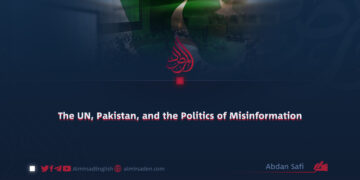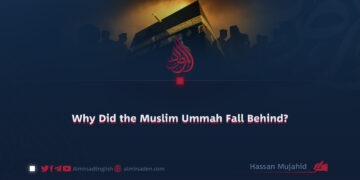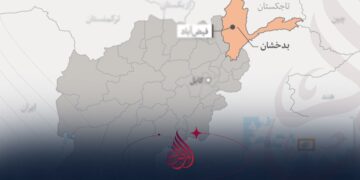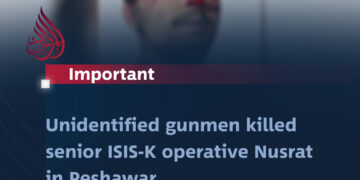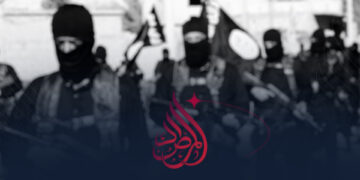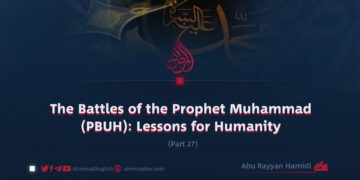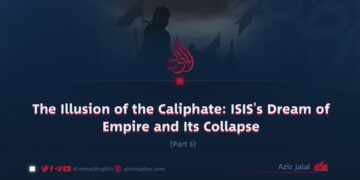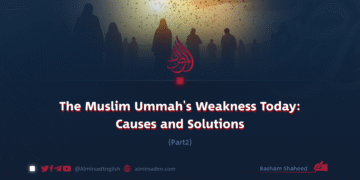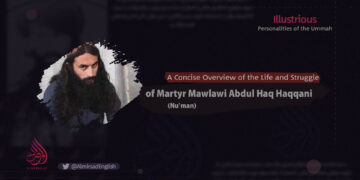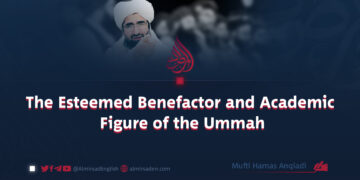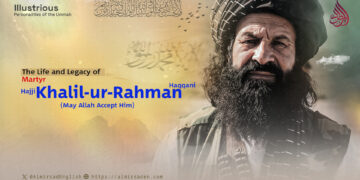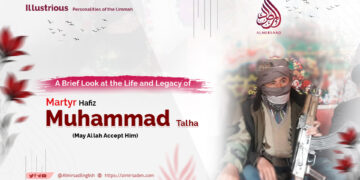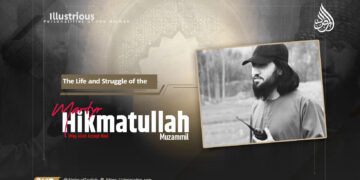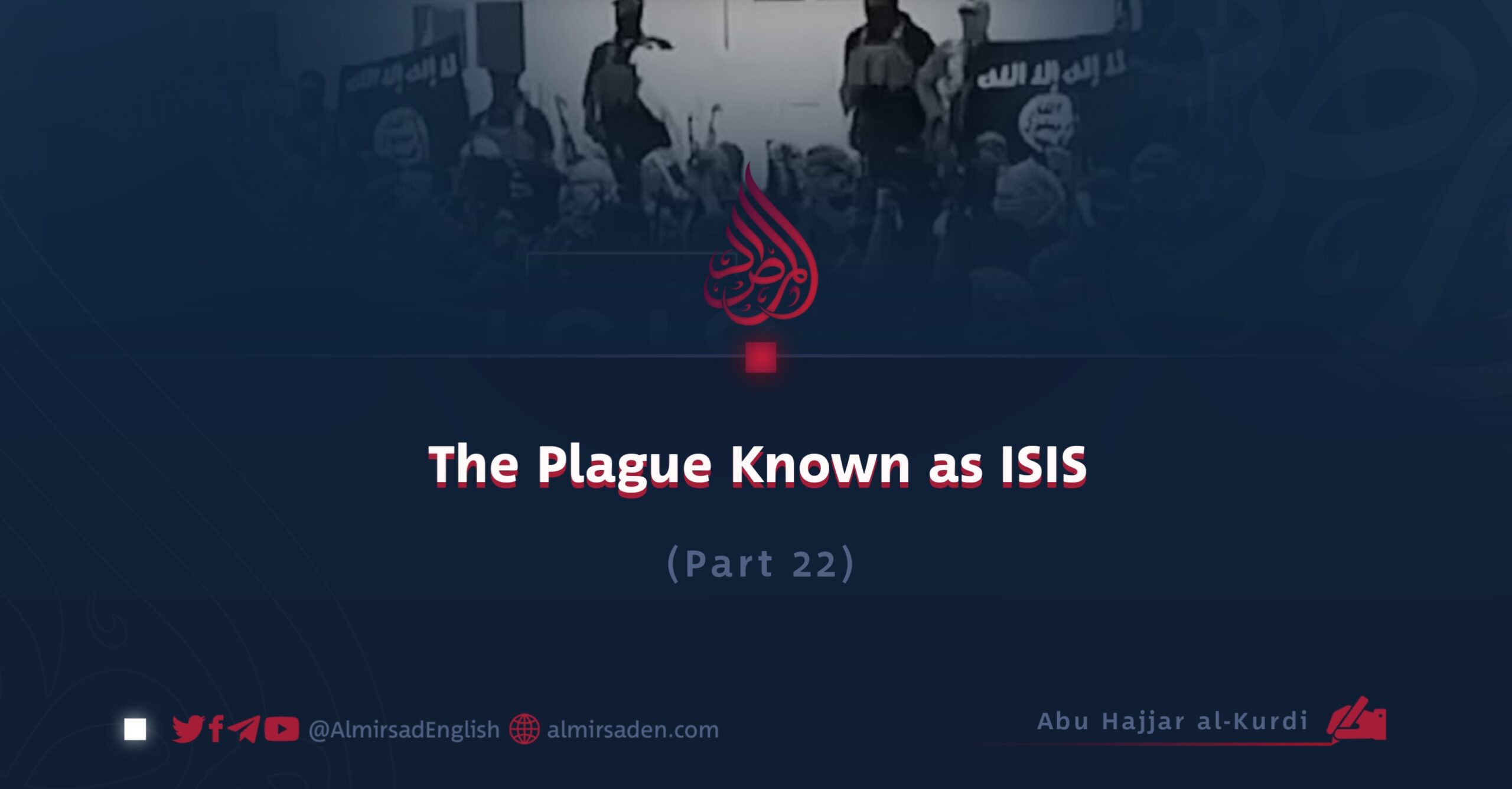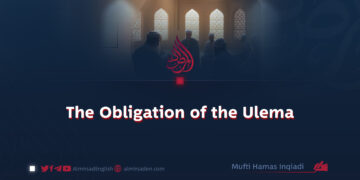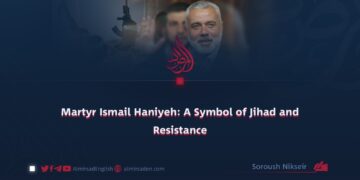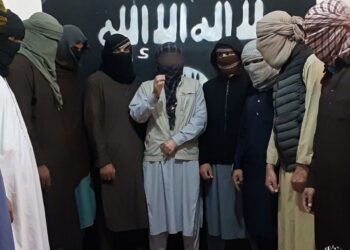Part 22
Author: Abu Hajjar al-Kurdi
The Occupation of Tikrit: The Birthplace of Saddam Hussein
The rise of ISIS brought significant advantages to the enemies of Ahl al-Sunnah, most notably by enabling the expansion of Rawafid (Shiite) influence into Sunni-dominated regions that had long resisted their control. In areas where Sunni youth had valiantly stood against external domination for years, ISIS’s emergence dismantled that resistance and cast the oppressive shadow of sectarianism across these strongholds. Tikrit was one such strategic city, where the aspirations of the youth were shattered and replaced with despair.
The Strategic Importance of Tikrit
Tikrit, the birthplace of Saddam Hussein and the administrative center of Salah Al-Din Governorate, is predominantly inhabited by Sunni Muslims. For ISIS, the city held immense military, political, and psychological value. Gaining control of Tikrit meant not only securing a vast portion of northern Iraq but also projecting a message of power and dominance to the entire region. The city’s symbolic significance made it a key objective in ISIS’s territorial campaign.
How ISIS Seized Tikrit
Following the fall of Mosul in June 2014, ISIS swiftly advanced toward Tikrit. At that time, the Iraqi army was in disarray, suffering from severe psychological and organizational collapse. Many officers and soldiers fled or abandoned their weapons, leaving the city vulnerable. Taking advantage of this state of chaos, ISIS captured Tikrit with little to no resistance, consolidating its grip on the north of Iraq.
How Did ISIS Stir Hatred Among Iraqis and Fuel Sectarian and Interreligious Hostility?
The sectarian hatred harbored by the Rawafid toward Ahl al-Sunnah has been deeply rooted throughout history. However, ISIS played a critical role in reigniting and amplifying these tensions in the modern era. Through calculated brutality and propaganda, ISIS not only sowed fear but also deliberately provoked interreligious and inter-sectarian animosity—pushing Iraq into a cycle of retaliatory violence and hatred. One of the most gruesome examples of this was the Camp Speicher massacre.
The Camp Speicher massacre: A Sectarian Atrocity of the 21st Century
Location:
The Speicher Airbase, located near Tikrit, served as a training facility for thousands of Shi’a military cadets.
The Incident:
1. After the fall of the airbase in mid-2014, ISIS captured approximately 1,700 to 2,000 Shi’a cadets.
2. The detainees were transported in convoys to Saddam Hussein’s former palaces and various locations along the banks of the Tigris River.
3. Many were lined up in long trenches or along the riverbanks.
4. The captives were executed en masse and buried in mass graves.
5. ISIS released graphic videos and photographs of the killings in a calculated effort to terrorize opponents and demoralize the Iraqi military.
Purpose:
The objective of this atrocity was multifaceted: to carry out sectarian killings of Shi’a in order to spread fear and chaos, and simultaneously, to fabricate a pretext for the mass persecution and killing of Sunni Muslims. In this way, ISIS not only committed grave crimes against humanity but also served the broader agenda of deepening the sectarian divide within Iraq.



